Pantex Blog
Pantexan shares experience with COVID-19 vaccine

On February 2, staff of Pantex’s Occupational Health Services began vaccinating high‑risk employees with the Pfizer COVID‑19 vaccine.
Tessa Pendergraft, Pantex wellness coordinator, received her vaccine last Tuesday and, because of an anxiety of needles, she was nervous going into it.
“They did a great job — I hardly felt it! This is a big deal to me because I get very anxious due to my illnesses as a young child,” she said. “I did have some soreness in my arm, which was to be expected, and a mild to moderate headache later in the day, which could’ve also been attributed to not having my coffee. Both of my symptoms improved or resolved in less than 24 hours.”
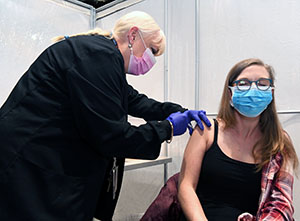
Tessa Pendergraft, Pantex wellness coordinator (right),
shares her anxiety of needles, as the medical provider
reassures her prior to receiving her COVID 19 vaccine.
Pendergraft also said the setup and flow worked well.
“I know that a lot of people were involved in the planning of this clinic, so I’d like to thank them for making this possible and for keeping us safe during the process.”
Pendergraft said that because of her background in science, she seeks out the research behind recommendations and additional information from credible sources to make the most educated decision she can.
“The evidence was strong enough for me to have confidence in receiving the vaccine,” she said. “I don’t fear for my safety nor that this will have any impact on my ability to bear children in the future. If you have questions or concerns, ask your primary care physician and they can help you make the best choice for you.”
COVID-19 vaccines at Pantex help take stress off community
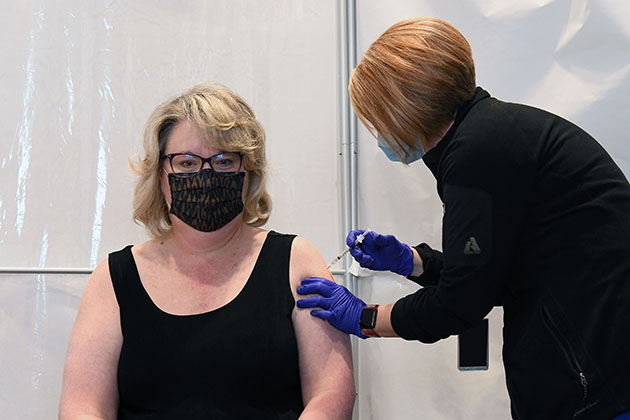
Michelle Reichert, CNS president and chief executive officer, receives her COVID‑19 vaccination from a Pantex medical provider
Michelle Reichert, CNS president and CEO, and Geoff Beausoleil, manager of the NNSA Production Office, received their vaccines on February 3.
“It went so smoothly today,” Reichert said. “We got our shot, and it didn’t hurt. The team was very well prepared.”
“It was wonderful,” Beausoleil added. “OHS and EM did an excellent job with planning and coordinating the practice, so as soon as a patient would come through [the door], it worked like clockwork.”
Reichert said that the flow went extremely well and that was in large part because the team practiced.
“This team laid it out, they walked it down, and they drilled it together so when the vaccine arrived, we were ready,” she said.
Reichert said this was an opportunity to take some of the burden off the local community.
“We applied to the state to be a POD, and given the unique work that we do and as well as the size of our workforce, it takes some of the burden off of the local community to give the vaccines,” she said. “It was a real opportunity for us to work with the State of Texas and local health providers to get us set up.”
She said having the team and staff to make it happen, and after receiving the needed equipment, we were ready to go.
“Pantex employees are always important to our national security mission and being identified as essential workers made sense, nationally and for our support of our military,” Reichert said. “So, since the beginning of this pandemic, we have found ways to keep each other safe throughout, which we have successfully done, and kept the mission going.”
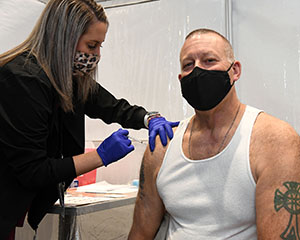
Geoff Beausoleil,
NNSA Production Office manager
Beausoleil said that we are proving the controls put into place over the last 11 or so months work.
“The actions that we’ve taken to adapt and deliver, we’ll continue to refine those and be more efficient with what we do,” he said. “We’ll be more protective of our workforce, more protective of our community, and be an example for our community and our workforce for how to do it right.”
Beausoleil expressed his gratitude for those involved in getting the approvals and making this process work.
“I have a huge amount of appreciation and admiration for Drs. Sayre and Paston and their staff in OHS for taking on this challenge and performing better than anybody expected and then some,” he said. “I can’t express my appreciation any more. They were fantastic. They were given the full support of Michelle Reichert, Bill Tindal, Todd Ailes, and Gene Sievers, and they had our full support and we are fully online with what they’re doing for us. It is just heartwarming.”
Occupational Health Services takes on public health role
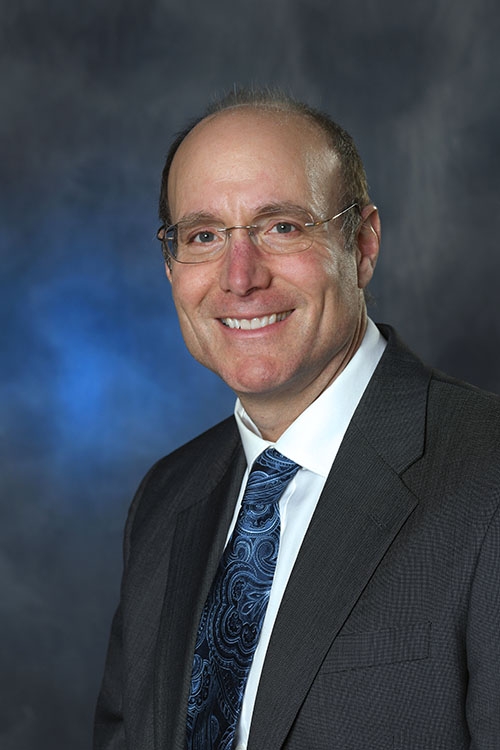
Dr. Michael Paston,
Pantex site occupational medical director
The COVID‑19 pandemic has brought the science and profession of public health to the forefront of communities nationwide. Pantex and Y‑12 are fortunate to have physician medical directors, Dr. Warren Sayre and Dr. Michael Paston, who have extensive public health backgrounds.
Preventive medicine, which includes public and occupational health, has often played second fiddle in the U.S. healthcare system, said Sayre, CNS corporate medical director and Y-12 site occupational medical director. Sayre earned a master’s degree in public health in addition to his medical education and certifications.
Paston, the Pantex site occupational medical director, served in the U.S. Air Force, which imparted vast public health experience. He also served at the Pentagon where he produced health policies, programs, activities, and resources for preventive and occupational medicine for the 9.7 million Department of Defense personnel.
“I believe I have a personal responsibility to make a positive impact on productivity at Pantex by guarding the health of every person who comes on the site,” Paston said. “That means providing accurate and actionable information about COVID-19.”
In addition to the medical directors, OHS also employs several physicians and healthcare professionals who have extensive public health training and experience.
Pantex Mission Engineering begins new graduate and service member program
R. Goodman, Veteran to Engineers program
Pantex incorporated and developed two new Mission Engineering programs for recent college graduate and military service members: Career Opportunities for New Engineers (Career ONE) and Veteran to Engineers (VTE) programs.
“Taken from a Y-12 success story, the programs were implemented to create and sustain a talented engineering workforce,” said R. Barrera-Chavez, Mission Engineering. “By bringing the program to Pantex, we hope to develop well-rounded engineers responsive to business needs.”
The Career ONE program takes recent college graduates places then in a rotation to expose them to various engineering specialties, work processes, and deliverables. As they gain insight into each assignment, the candidate and their managers can better determine which role is the best fit while considering business needs. The candidates are provided with mentoring and development opportunities throughout the year-long assignment.
“Once their one year rotation is complete, discussions will be held between the candidate, the program manager, and mission managers to determine the best fit for them,” said Barrera-Chavez.
M. Lee, A. Mitchell, B. Pattison and L. Robledo are Career ONE recent college graduates now employed as full-time Core Engineering Associates. They rotate approximately every 4 months through assigned various engineering projects at Pantex during the year-long program.
Pattison has rotated through Procurement Engineering and currently supports Engineering Development and said that even with COVID-19 complications, the program has been well-managed and guided.
“There are so many valuable aspects of this program,” Pattinson said. “Despite the short time frame, the work and experience has been more than I imagined it would be.”
Lee’s first stop was in Process Engineering followed by Nuclear Procurement Engineering group and has enjoyed the people and the learning experience.
“Career ONE is a great opportunity,” Lee said. “You get to experience a variety of engineering you may not have ever been exposed to and see what type of engineering you like. Not only does it benefit the company putting engineers where they work best, but you get placed into a position you enjoy working at every day.”
Mitchell has been able to take insight and knowledge from one group and use it in the other.
“I truly believe that the knowledge I am receiving and connections I am making will help me be a more valuable asset to Pantex,” she said.
Robledo is the newest to the group and still within her first rotation, but says she’s already learning a lot and the people in her department are nice and helpful.
The VTE program is an opportunity for military service members to complete an engineering degree while working part-time.
“The program primarily matches the military service, discipline and skills of non-commissioned officers to our future technical needs,” said Barrera-Chavez.
The candidates are exposed to various specialties and work processes while gaining opportunities for mentoring and development. Upon completion of the degree, full-time employment opportunities are available if there is satisfactory performance.
R. Goodman is the first VTE new hire and his first rotation is with Projects Engineering.
“By bringing the programs to Pantex, we hope to develop well rounded engineers responsive to business needs,” said Barrera-Chavez.
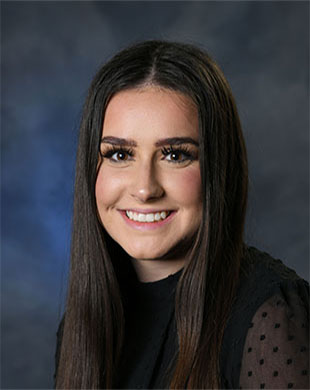
Career ONE, M. Lee
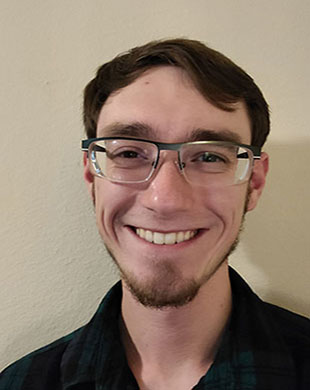
Career ONE, B. Pattison
I am mission success: Michelle Reichert
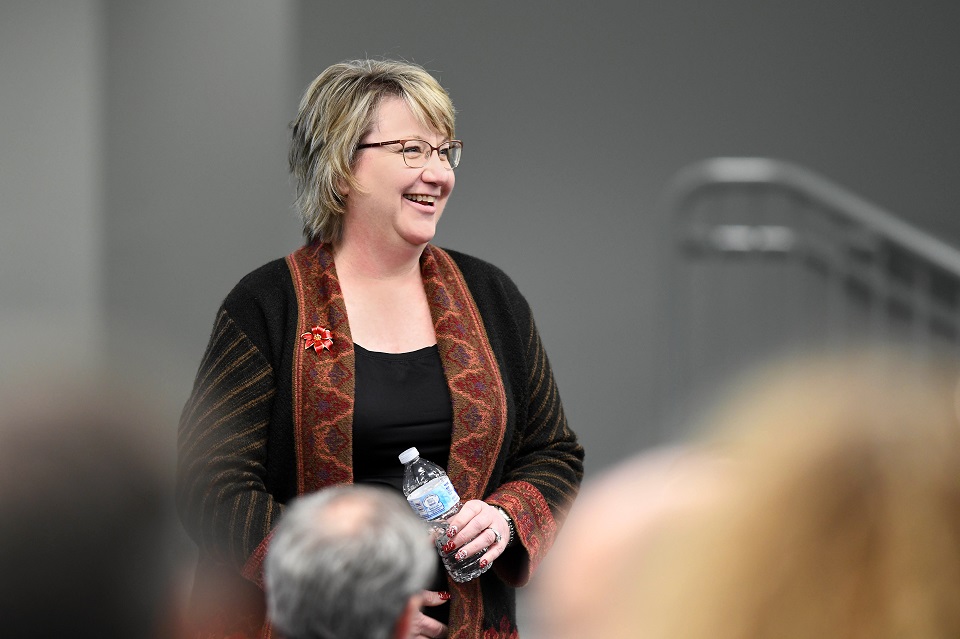
Learn more about CNS President and Chief Executive Officer Michelle Reichert. Please note the photo was taken in 2019, prior to the pandemic.
Take 5 minutes and learn more about Michelle Reichert, CNS's president and chief executive officer.
Michelle Reichert, CNS's president and chief executive officer, is a familiar face, even when it is behind a mask. She was part of the original CNS executive leadership team, but her experience at Pantex and Y-12 precedes the current contractor. Reichert came to Y-12 straight from graduate school, and she gained valuable experience during her 22 years at Y-12. She has been in senior leadership roles at Pantex since 2013.
“My background is varied — Production, ES&H, program management — and I view that as a strength,” she said. Others must too, because in 2020, Reichert became the first woman chief executive officer at Pantex or Y-12, and one of the first in the position within the Nuclear Security Enterprise.
An early adopter and fervent champion of change management (the people side of change), Reichert has demonstrated her commitment to employees as well as continuous improvement throughout her CNS tenure. Read on to learn more about Reichert’s early career aspirations, what she’s cooking up next, and her advice to new employees.
Are you doing what you envisioned as a young adult? If so, describe how you got here.
Ha! Not even close. I thought I would be a performance musician. I played the flute and really enjoyed it. But, I continued in the sciences while in college, and I was good in that area, too. When a fellow student received a summer internship at the University of California at Berkeley, I was really motivated to learn more about internships — and that initially fueled a continued pursuit of sciences. In fact, my first internship was at the Hanford Site in Richland, Washington.
What CNS principle drives you to be successful?
Continuous improvement — because it is vital to meeting the national security priorities of our country. We’re improving our infrastructure to improve working conditions for our employees and enable us to meet our deliverables for the long term; we’re improving ourselves as leaders and employees; and we have teams looking at our processes.
What one thing would your coworkers be surprised to know about you?
In college, I enjoyed — and excelled at — biology, particularly the study of human anatomy and physiology. The courses all involved dissection (yes, including humans), and I found learning about how the body works to be fascinating. Once I put aside my dreams to be a concert flautist, I thought about becoming a forensic pathologist. The Kay Scarpetta detective novels and perhaps the television show Quincy, M.E. (I’m sure many reading this won’t know who Quincy was — just think about the TV show Bones) may have influenced this possible career choice.
What’s your favorite outside of work activity and why?
Family is very important to me, so I’m often catching up with everyone outside of work. I also really enjoy cooking, and we’re all big fans of America’s Test Kitchen and the British Baking Show. Both cooking and family help me unwind. I cook almost every night. Dan, my husband, says he can tell how my day was by how aggressively I chop the vegetables!
What advice would you offer to someone who is starting their career?
Really get engaged — not just with your job, but also in your community or perhaps an affinity group. These other connections will give you a broader perspective beyond your daily responsibilities. Find your passion — both on and off site — then have a plan. Don’t sit on the sidelines. Your perspective is important, so engage, offer your ideas, and stay involved.
